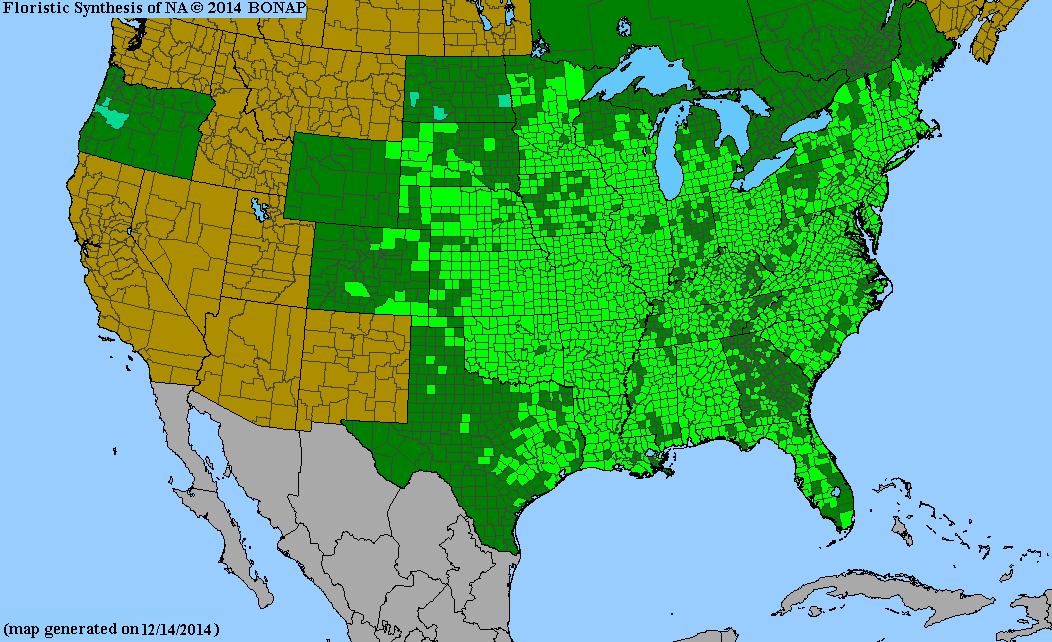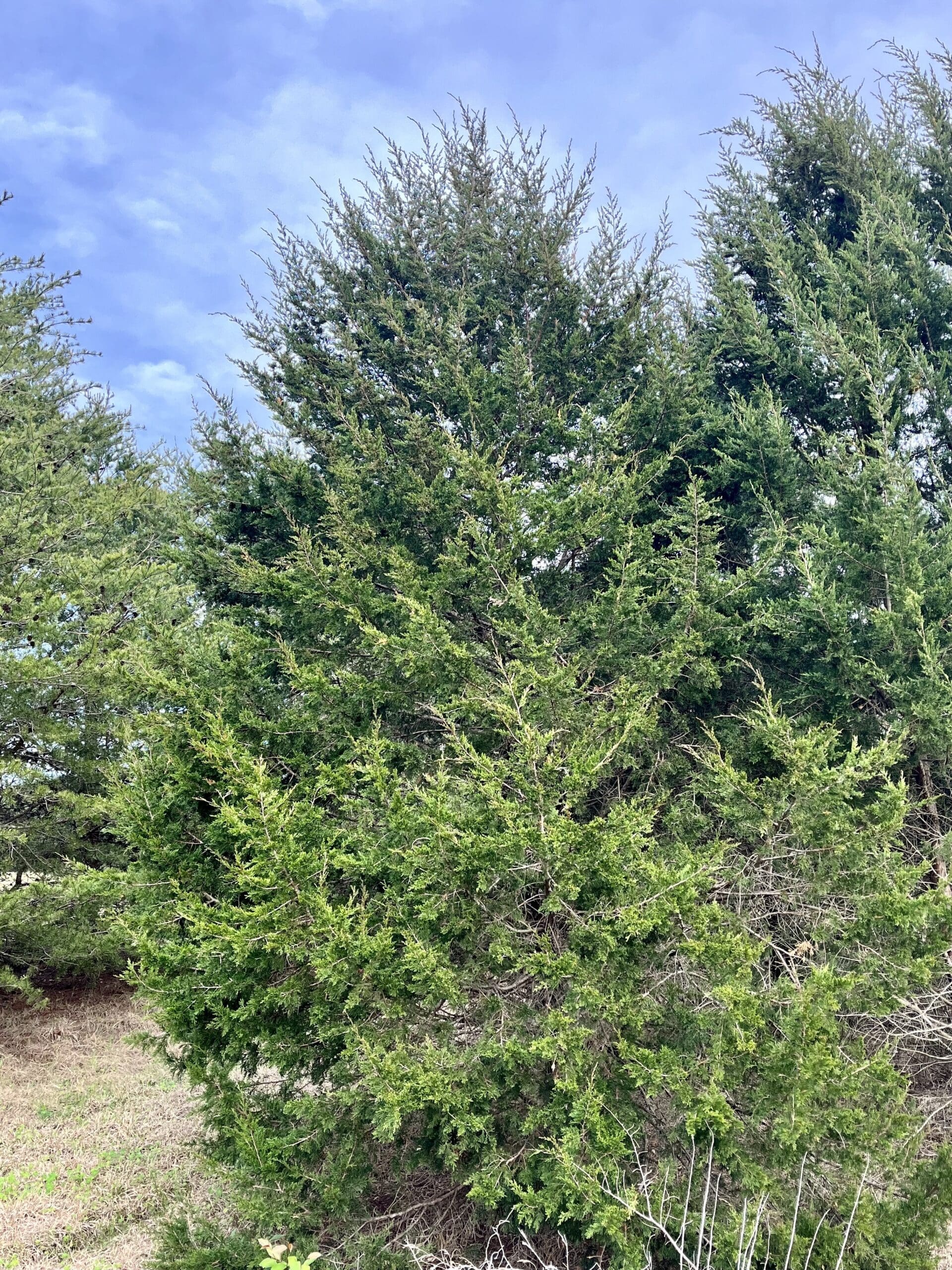cupressaceae
eastern red cedar
Juniperus virginiana
Synonyms
Juniperus foetida var. virginiana
Sabina virginiana
Plant Type
Large Tree (greater than 25 ft)
Life Cycle
Perennial
Typical Size
30-40 ft. tall
10-20 ft. wide
Tolerant of
Deer, Salt Exposure
Inolerant of
Poorly Drained Soil
Propagation
By seed
Plant Propagation Notes
Seed can be sown outdoors in fall or stratified and sown in spring although germination is often poor. Selected forms have been rooted from cuttings.
Plant Planting Notes
Although it will tolerate shade when young, it should be sited in full or part sun. It will not tolerate continuously wet soil.
Plants/Diseases
This tree is susceptible to twig blight and scale. Bagworms are also a problem. Mites may occur. It is susceptible to rust caused by several species of Gymnosporangium. These diseases require an alternate host, generally an apple or crabapple, to complete their life cycle. The disease causes the formation of hard, brown galls on junipers which produce orange, gelatin-like tendrils in the spring following rain. It is non-injurious to juniper but can cause significant damage on apple.
Wildlife Benefits
Fruit/seeds for birds
Leaves
Dark blue-green, scale-like, shiny, glandular foliage in a 4 rank arrangement. They are 1/16″ long and lay opposite or in whorls of 3. Young leaves are awl-shaped, thin, prickly, needle-like, and 1/4″ long.
Flowers
As a conifer, eastern red cedar doesn’t produce flowers. Male pollen cones are yellowish.
Fruit
Male cones are yellow and occur at branch tips. Female cones are blue, frosted-looking, and abundant. Cones are round, berry-like (1/4″ in diameter), and ripen in the fall of the first year. They are often referred to as berries, although that is botanically incorrect. They have a white waxy covering. Displays from September to February.
Bark
The bark of eastern red cedar is gray to reddish-brown. It tends to exfoliate from mature trees in long, thin strips
Toxicity
Diarrhea may occur if large quantities are eaten.
Edibility
Juniper tea can be made from berryless twigs but should be strained and only consumed in small quantities. Large amounts may cause diarrhea.
Ethnobotanical Use
Eastern red cedar was used medicinally. Native Americans used the wood to make flutes, furniture, fragrance, mats, incense, and spices.

USDA Hardiness Zones
3, 4, 5, 6, 7, 8, 9, 10
Light Exposure
Full Shade
Soil Moisture
Dry, Medium, Moist
Soil Drainage
Well-drained
Soil pH
Acidic (less than 6.0), Neutral (6.0-8.0), Basic (greater than 8.0)
Native in South Carolina?
Yes
Plant Native Habitat
Adaptable to a wide variety of habitats including open pastures, fields, roadsides, and fencerows as well as forests and woodlands primarily in upland areas. There seems to be a preference for circumneutral soils, but eastern red cedar is not restricted to these types of soils.
Global Conservation Status (NatureServe)
Secure (G5)
Federal Conservation Status (USFWS)
Not Listed
Distribution Notes
Within South Carolina, eastern red cedar is common in the Coastal Plain, Piedmont, and Mountains.





